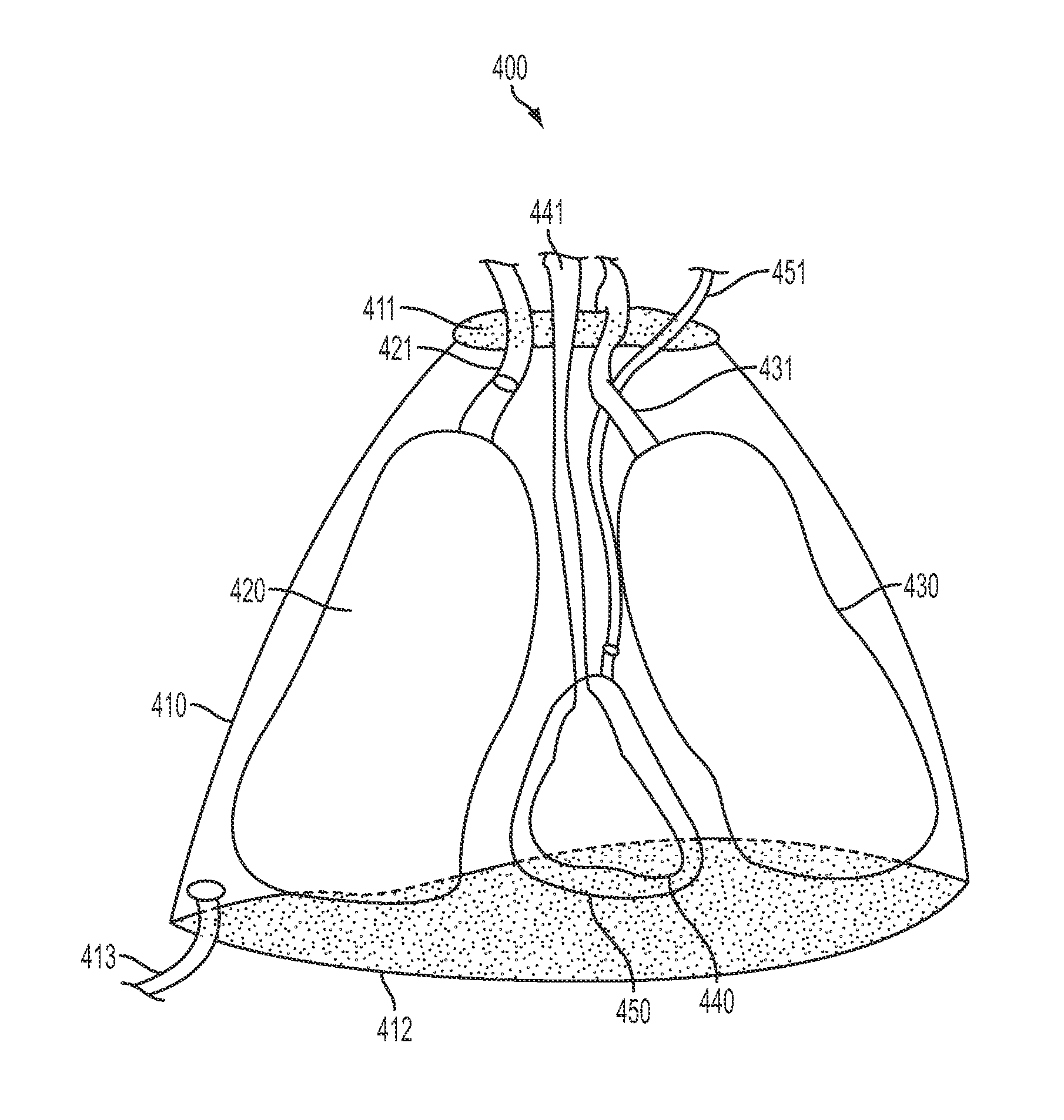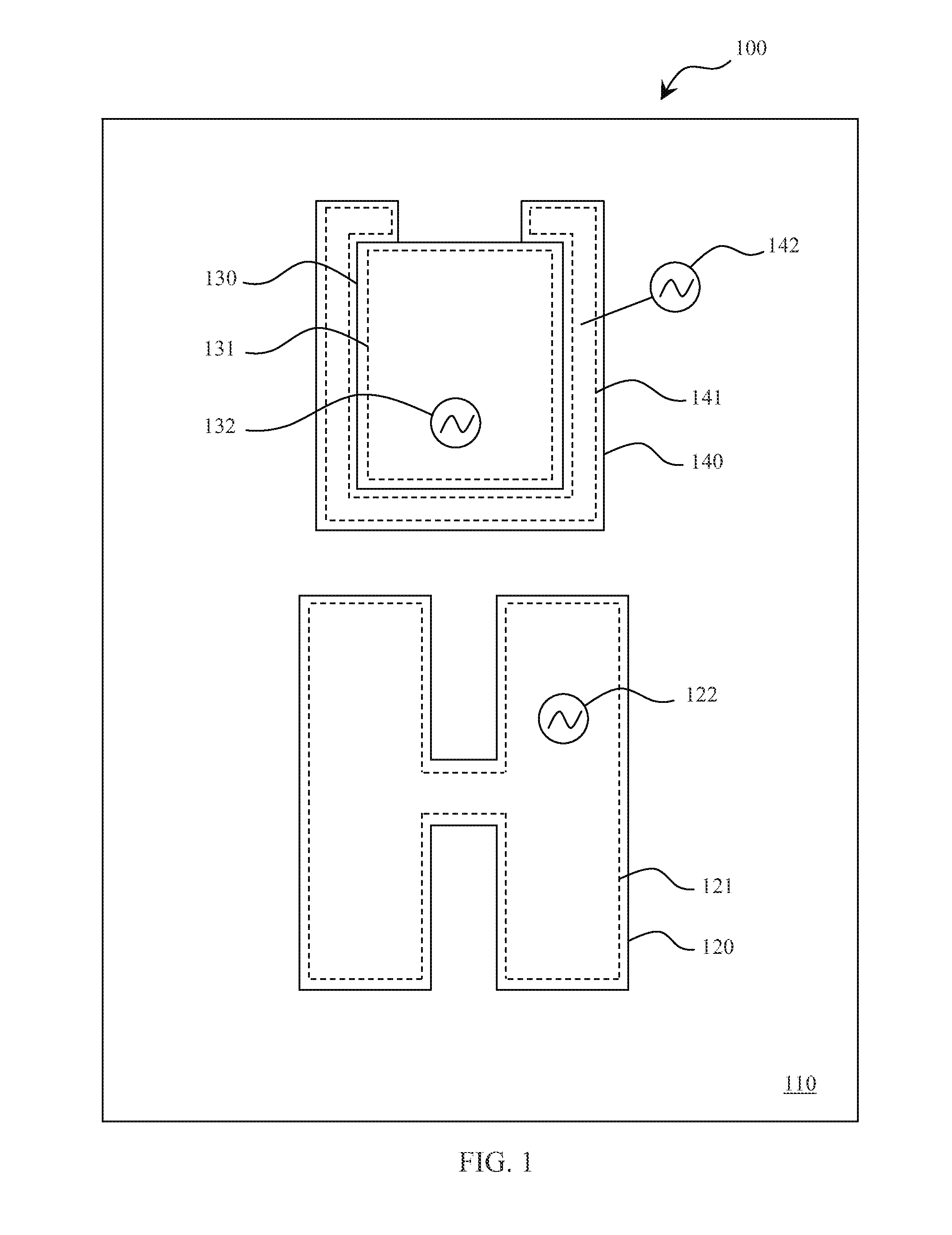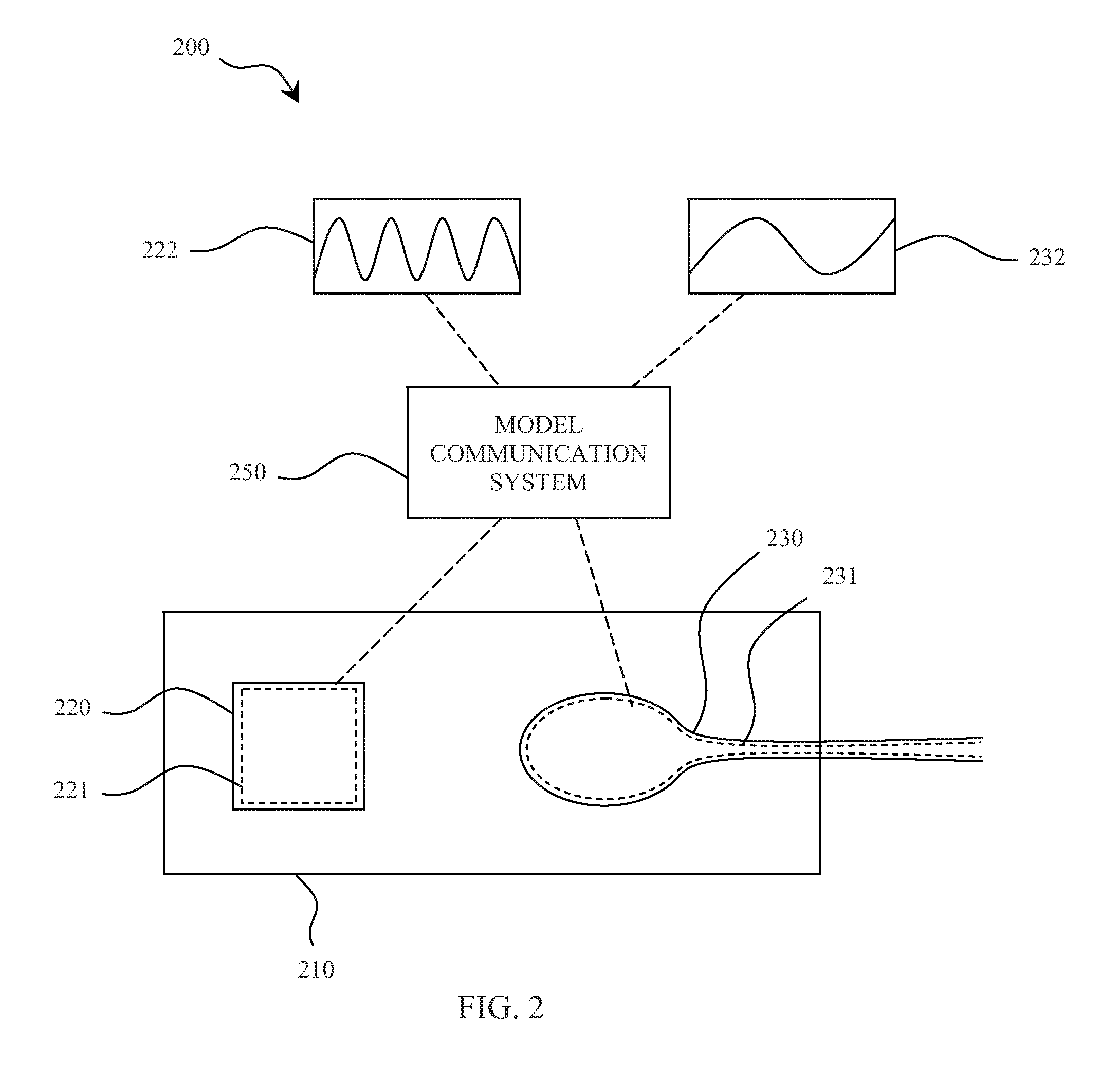System, method, and computer program product for simulating epicardial electrophysiology procedures
a computer program and electrophysiology technology, applied in the field of anatomical and physiological simulation systems, can solve the problems of difficult to find effective means for creating programmable arbitrary pressure waveforms, and the current mannequin-type simulators do not provide access techniques for epicardial procedures
- Summary
- Abstract
- Description
- Claims
- Application Information
AI Technical Summary
Benefits of technology
Problems solved by technology
Method used
Image
Examples
examples
[0068]Practice of an aspect of an embodiment (or embodiments) of the invention will be still more fully understood from the following examples and experimental results, which are presented herein for illustration only and should not be construed as limiting the invention in any way.
Example and Experimental Results Set No. 1
The First Prototype
[0069]FIG. 6 shows a bench-top example embodiment of an in vitro model system. The example model system comprises a thoracic section 610 (including a sternum 611), a sub-xyphoid access site 620, lung and cardiac fluid tubes 630, a model communication system cart 640, and an access device communication system, including a computer 650. This embodiment was designed to the scale of the adult human chest, and incorporated two molded balloons that served as air-inflated lungs, and a molded water-pumped heart. The lungs were pumped by a stepper motor-driven bellows, so that the breathing rate and type of inhalation waveforms used in cardiac anesthesio...
PUM
 Login to View More
Login to View More Abstract
Description
Claims
Application Information
 Login to View More
Login to View More - R&D
- Intellectual Property
- Life Sciences
- Materials
- Tech Scout
- Unparalleled Data Quality
- Higher Quality Content
- 60% Fewer Hallucinations
Browse by: Latest US Patents, China's latest patents, Technical Efficacy Thesaurus, Application Domain, Technology Topic, Popular Technical Reports.
© 2025 PatSnap. All rights reserved.Legal|Privacy policy|Modern Slavery Act Transparency Statement|Sitemap|About US| Contact US: help@patsnap.com



